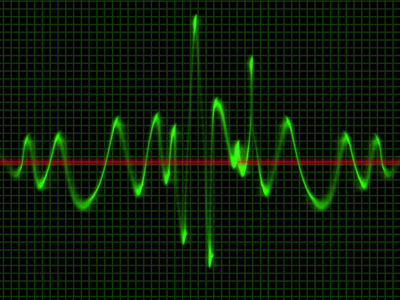
Waves - Properties of Waves 01
This GCSE Physics quiz will challenge you on properties of waves. Every day, probably without even thinking about it, all life on Earth uses waves. There are light waves for seeing and sound waves for hearing. Humans have discovered how to use radio waves for communications and microwaves for TV and your mobile phone. You can't see most waves but they are all around you. Some waves that you can see are water waves and you can see and feel the effects of the waves that disturb the Earth during an earthquake.
But what exactly is a wave? A wave is a disturbance in a medium that transfers energy from one place to another. You can really get a feel for this if you have ever seen video clips of earthquakes or tsunamis. These carry huge amounts of energy, sufficient energy to destroy vast areas.
Ready for more?
not all...
quizzers. Try to win a coveted spot on our Hall of Fame Page.







